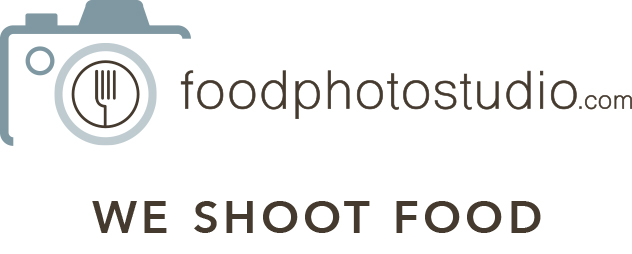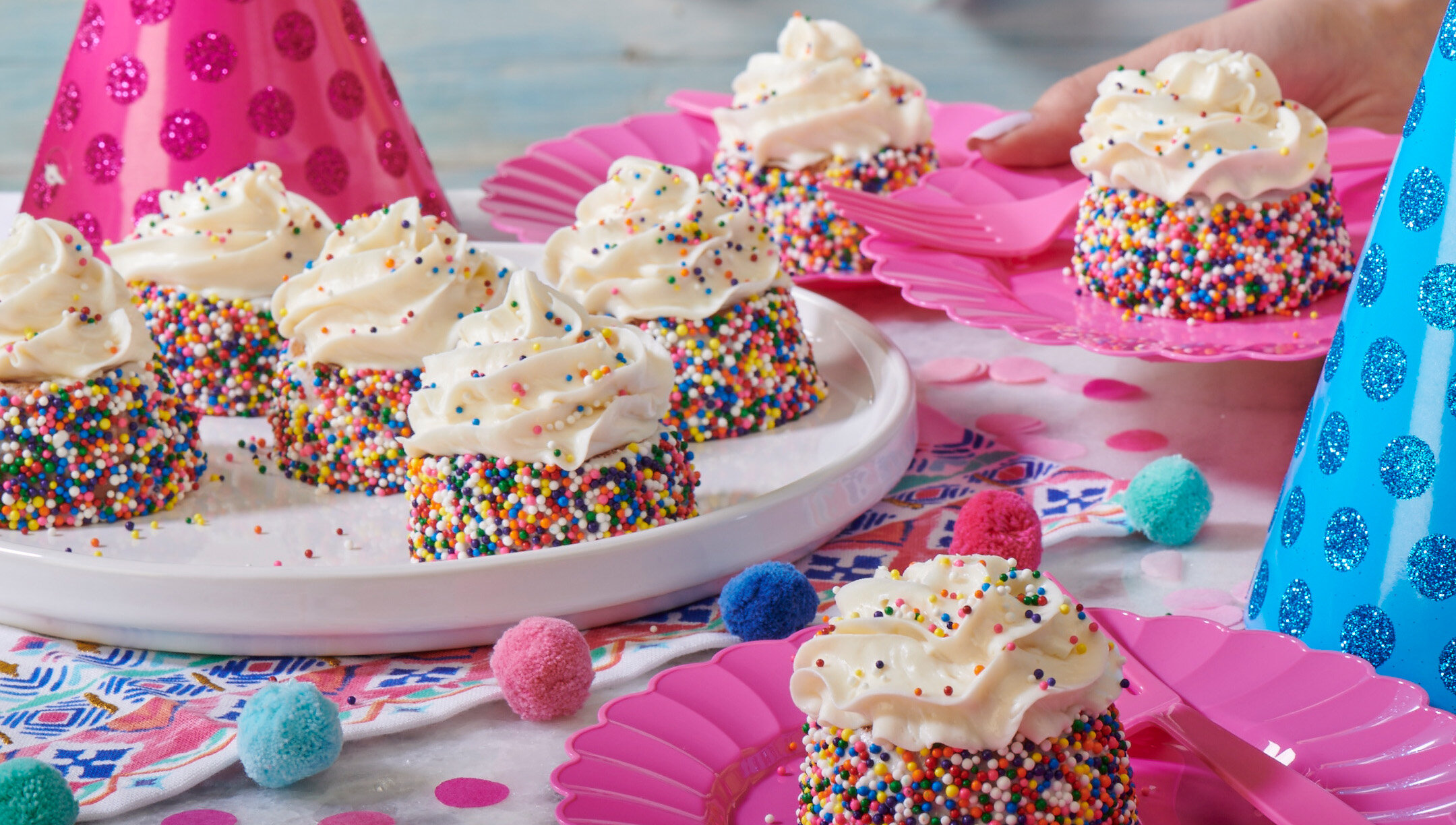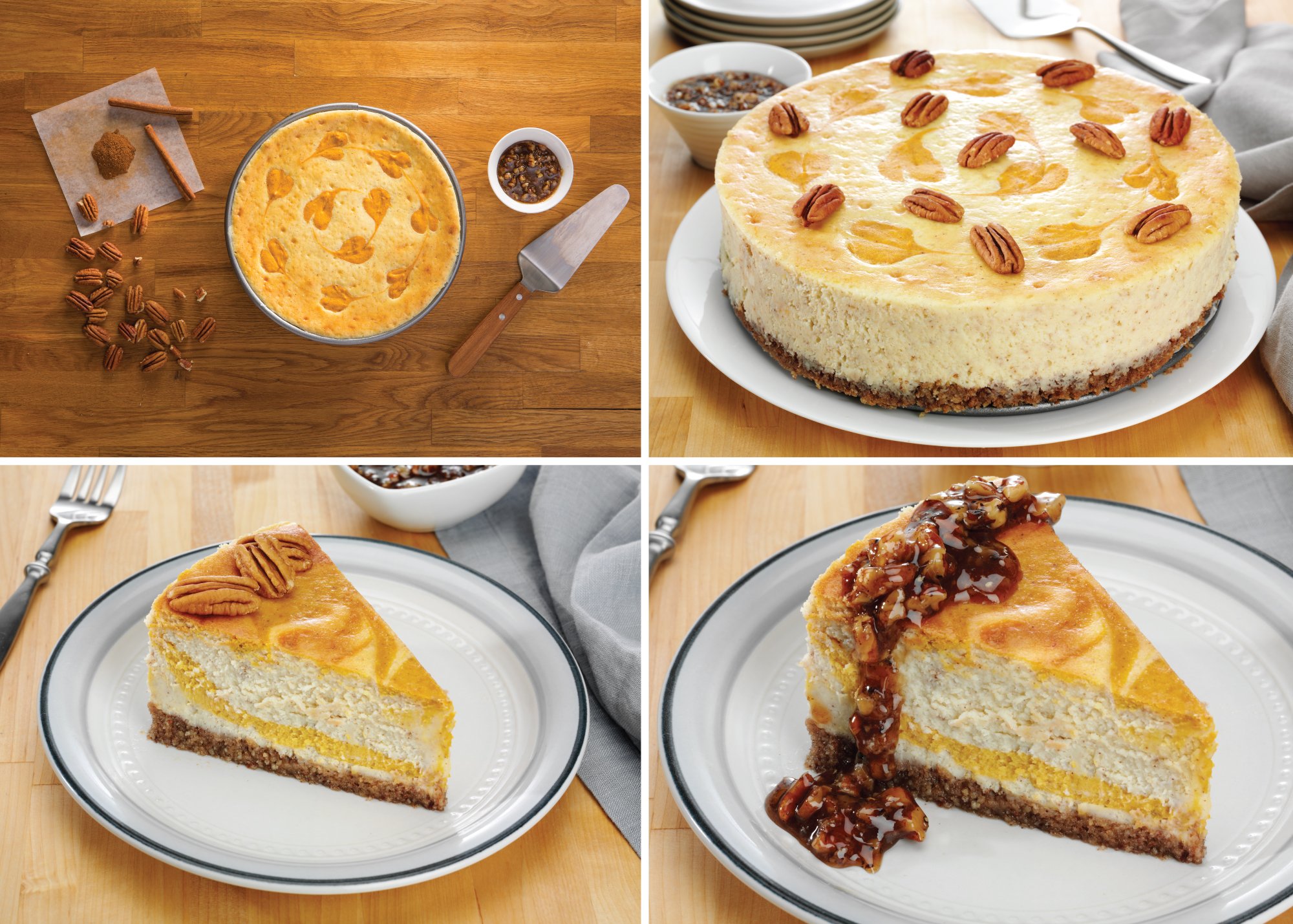“Lifestyle photography” is one of several food photography terms you may hear us use in the studio. We use this phrase when talking about a particular style of food imagery. Lifestyle photography is a popular choice among our clients, but there’s still confusion around what it means and how to recognize it.
So to clear things up, we’re going to share:
• What lifestyle food photography is
• What lifestyle food photography is not
• The answer to a very common misunderstanding about lifestyle food photography
What Lifestyle Food Photography Is
In the context of food photography, lifestyle images are ones where a food product is in use, in real-life surroundings. That’s in contrast to images where a food (or beverage) is the main focus to the exclusion of everything else.
To illustrate what we mean:
Picture a photo of a champagne glass that takes up 100% of the image area — that’s not a lifestyle shot. To convert this image into a lifestyle photograph, imagine pulling back the camera a little. Maybe you now see that the champagne glass is in a living room, and there’s a cocktail party going on. There’s wine and cheese arranged, and streamers hung. Perhaps there are two party guests out of focus in the background. In a lifestyle shot like this, there’s a whole story being told (lovely cocktail party), rather than a tight focus on a product (glass of champagne).
And that’s the key to lifestyle food photography: Telling a story. As photographers and stylists, we do that by setting a scene that’s realistic to life. It may be an idealized, aspirational version of life, but it’s a scene that tells a human story.
Related: Are You Ready to Start Working with a Food Photographer?
What Lifestyle Food Photography Is Not
Lifestyle photography is not product photography.
Product food photography showcases a specific product, sometimes in its packaging, sometimes not. For example:
If we are shooting a cereal product, the product photograph might include the cereal box, shot in a kitchen. To turn that a lifestyle photograph, we could instead show a family around the kitchen table, with Mom pouring milk into a child’s bowl filled with the cereal. The product is still there, but it’s part of a larger story being told.
For a beverage client, a product shot might include a bottle of the product with its label clearly visible. Whereas in the lifestyle version, we’d create a beautifully styled drink made with the product. A person might or might not be holding the glass or drinking it.
The left image is an example of product photography, with the sole focus on the food itself. Often product photography is used on food product packaging, as in the right image. The image at the top of this blog post is an example of lifestyle photography, with a celebratory party scene built around the food.
Lifestyle food photography is not candid photography.
Candid photography is unposed and spontaneous by definition. Lifestyle, while meant to convey a natural scene, is typically planned in detail. Models are posed, props are carefully chosen, and the food and scene are styled.
While we want to give the illusion that we’re capturing a photo in someone’s kitchen, most of the time it’s a setting we’ve meticulously created in our studio.
Related: 4 Things We Consider When Choosing Props for Your Food Photography Shoot
Does Lifestyle Food Photography Need to Have People in It?
Not at all! Humans are not a requirement for a photo to be considered lifestyle. Including people can help to tell a story, but it’s not strictly necessary.
Here’s the key: While there isn’t necessarily a person visible in all lifestyle food photos, there should be some human influence on the scene. In other words, the photo should give you the sense that someone was recently there or is about to enter. (Think freshly chopped herbs on a cutting board, or a party table just made ready for guests, as in the main image on this post.)
The Takeaway
Lifestyle food photography can be a tricky concept to wrap your head around at first. The key factor is where the focus is.
Is the photograph depicting a food product in a real-life setting, with an interesting scene or story built around it? It's likely lifestyle. Is the photograph focused on the food itself, and little else? Sounds like product photography.
People aren’t required for a lifestyle food photography shot, but there’s always a human influence on the scene — the sense of a wonderful life being lived, with food and beverages being part of that full life.














